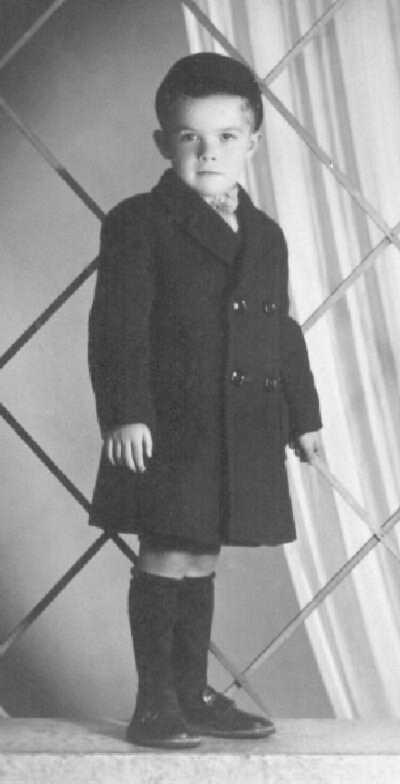
Figure 1.--This American boy wears a classic dark overcoat. Note the very plain styling without epaulets are patch pockets. The photograph appears to have been taken in the 1930s.


Figure 1.--This American boy wears a classic dark overcoat. Note the very plain styling without epaulets are patch pockets. The photograph appears to have been taken in the 1930s. |
The dark coats were navy blue or in some cases black and appear to have been the most common. HBC is not sure why that was. Perhaps it was because the boys' suits were usually navy or black. There were also white Eton suits, but these were normally worn during the spring and summer when coats were not needed. These colors are destinctly American. Black or even navy suits were much less common in Europe. HBC is less sure how country specific the dark classic coats were.
HBC at this time has no details on chronology of the dark overcoats. We believe that they were the most common color during the entire range years during which the cpats were popular.
American boys wore their Eton suits during the winter with various types of coats. The most common was the dark classic overcoat. The coats were made in both single and double breasted styling--but the double breasted styling seems the most common. This contrasts with the suit jackets for younger boys which were almost always single breasted.
The coat, unlike the Eton jacket, has lapels with a "V" opening showing the boy's collar and tie, although younger boys wearing Eton suits often did not wear ties. Some boys did wear bow ties. The coats were not long, but did extend below the length of the boy's short pants. Stlistic elements varied. Many of these dark suits were quit simple. Others had military styling such as epeulets. Patch pockets were less common on the dark coats.
These dark overcoats were worn with peaked cap might match the boy's tan coat rather than the material of his Eton suit. A boy might wear a sailor cap with a reefer jacket, but rarely with these classic overcoats. They were almost always worn with the peaked cap when the boy was wearing a shoirt pnts suit. More adult hats might be worn if the boy was wearing a long pants suit. As these coats were winter wear, they were normally worn with kneesocks, almost always navy blue or black to match the boy's suit.
The coats were made in both navy and black. I believe navy was the most common color. The suits were also made in black. This may reflect the fact that some boys did wear black rather than navy blue suite.
These coats were always made in wool fabric. Some cheaper versions by the 1960s may have been made in a blended fabric, but the classic boy's overcoat was always wool.
Navigate the Boys' Historical Clothing Web Site:
[Return to the Main classic coat page]
[Introduction]
[Activities]
[Biographies]
[Bibliographies]
[Chronology]
[Clothing styles]
[Contributions]
[Countries]
[Essays]
[Boys' Clothing Home]
